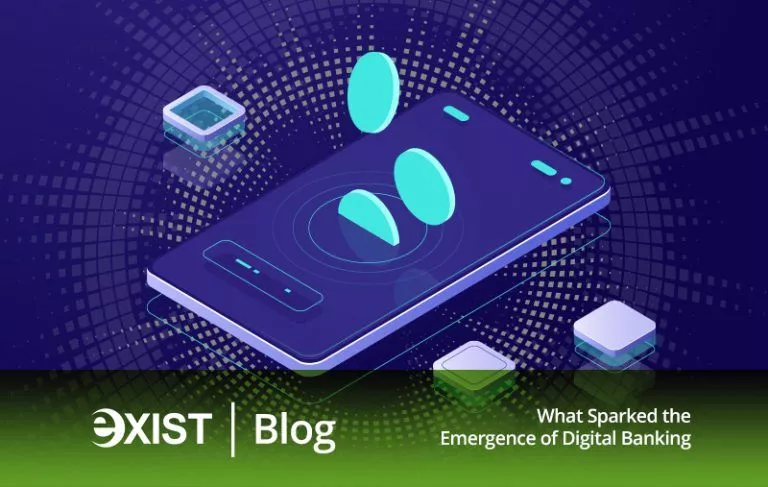As we live in the computer age, the existence of online banking appears ordinary to us. Every major bank tailors a system that is capable of online access. The absence of such is almost unimaginable, especially these days.
The evolution of digital technology presented an invaluable advantage to banks as it attempts to address the limitations that the old brick-and-mortar set up brought to sight.
These limitations sparked the emergence of digital banking.
1. Building cost.
Before the rise of digital banking, the banking sector depends on expanding its branches to reach out to a broader market. But the hefty price of building a bank branch is one of the major turning points of gradually moving online.
More than just the amount the land and construction of the building per se, establishing a physical branch takes into account the landscape/exterior, interior design, technologies, and devices to be used, as well as the security measures to be implemented. Banking businesses, therefore, target building a facility in commercial areas. This scenario creates a boundary between the banks and the possible market from far-flung places.
2. THUS, limiting the bank’s presence in many areas.
The first limitation springs another one. Banking was less accessible to most people outside business districts. Additionally, a physical branch can only attend to as many clients as the store, and its personnel can accommodate.
As banking became more present in the digital ecosystem, the market also had more inclusion. It also fostered a better synergy. Banks can swiftly respond to concerns as fast as users can address their concerns.
3. More customers require more bank employees.
Even before the rampancy of digital banking platforms, banked individuals have always kept increasing, the implementation of digital technology in this industry only accelerated this increase significantly. A corresponding increase in bank staff always comes after the constant growth, or forecasted growth, in the number of banked individuals. The same goes for adding more physical stores.
Digitization allowed processes to speed up as most of it is being automated. This induced changes in the traditional workforce requirements of banks. With the decrease in the need for human supervision in many operations, banks can now concentrate their forces on their core competencies.
4. Incoherent customer journey.
The improvements in the customer journey that digitization presented were also promising. The customer journey begins with awareness. But where does it end? The simple answer is it never does. Continually nurturing the clients even after you have acquired them is one of the most critical steps, if not the most, in rendering a fulfilling journey.
Think of having to do every step of this journey physically. Tedious, right?
Digital banking broke this stigma. The targeting, marketing, acquiring, and now even responding to the market became a lot easier, delivering a more personalized and customer-centric experience.
5. Consumers are online, so should banks be.
The evolution of digital banking expands from the creation of ATMs to going online. Why not? The market is rapidly becoming more inclined to the internet, and they want to accomplish things faster than ever before. The screens became the window to what the world has to offer, either convenience or luxury.
One of the fundamentals of running a business is placing it to where your target segment is situated. The rationale is pretty simple: you should be where your prospects are – keep within the sight. Banks get to be where their market is, a superpower that brick-and-mortar cannot grant – OMNIPRESENCE.
Digital banking was able to hit these pain points and is anticipated to keep driving notable changes in this age, especially as the global health crisis accelerates the demand for more digital services. The current condition advanced the call for virtual collaboration, thus the innovation of the virtual platforms. It is inevitable. It is only a matter of who is going to be the pacesetter – the one at the front of the transformation race.




